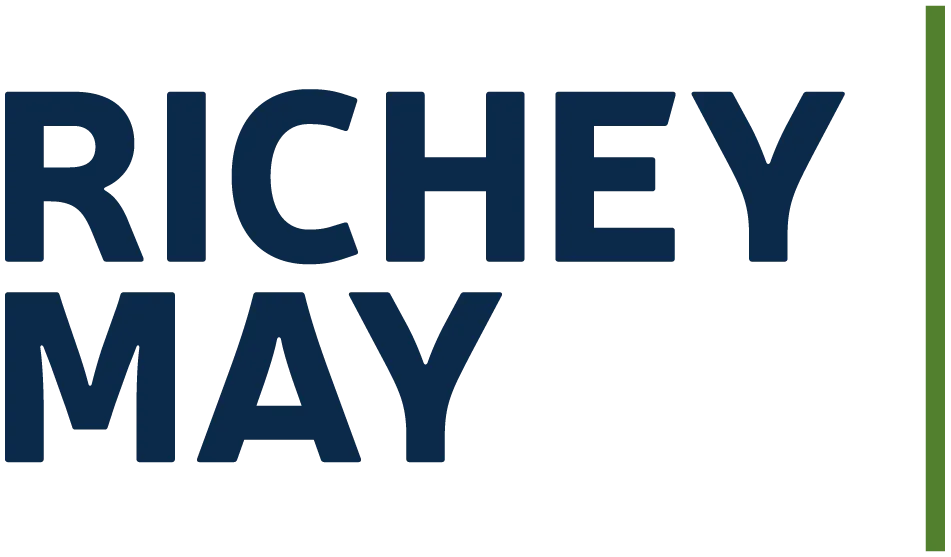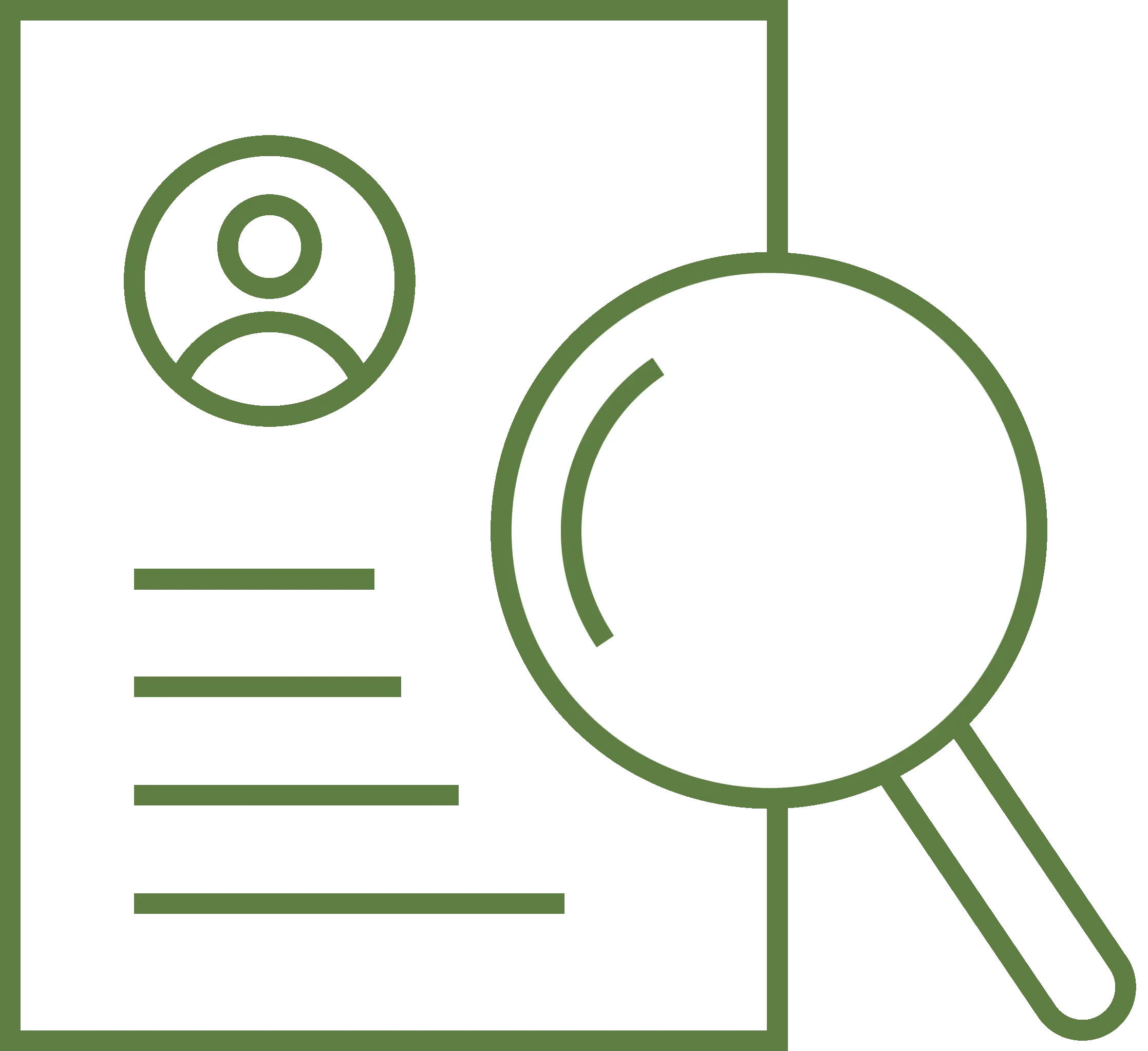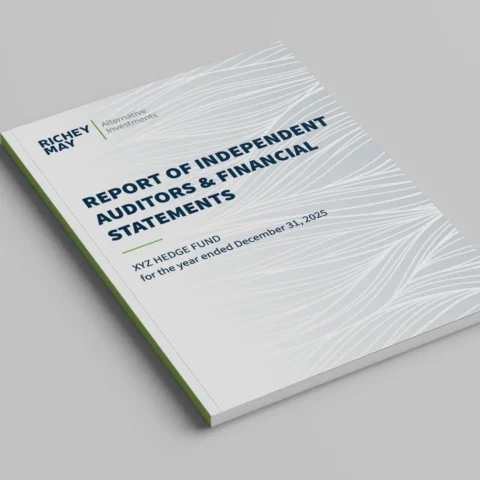The mortgage banking industry has quietly become more and more dependent on software development over the last decade. Due to the fragmentation of the platforms and services available that are integral to the origination, servicing, and financing of loans, mortgage banking companies have had to rely more and more on their own ability to develop software solutions. In this sense, the research and development tax credit has become an integral part of tax planning and strategy for the industry, often allowing companies to recoup hundreds of thousands of dollars on money they are already spending.
So, what qualifies? Surprisingly, a lot. The low hanging fruit would be any development targeted toward external users. An example of this type of development might be a platform where users can manage their loans, make payments, or make administrative changes. Platforms like these are considered external software because they are outward facing. In addition to this, often, platforms that serve a wide range of users with a robust feature set of functionalities are often largely affected by external forces such as regulatory changes, security updates, connectivity issues, and performance bottlenecks. Unique development to solve these types of problems are a great indicator of what qualifies and often comes in a variety of forms including conceptual development, wire framing, coding, and user acceptance testing.
What doesn’t? Generally, the IRS considers customization of an existing available platform for internal use to not qualify. Customization is often a blurred line. The rule of thumb is that if a company secures rights to utilize or purchase commercially available software, then customizes its look and feel while leveraging all of the functionality of the platform that existed, this does not qualify. Further, software that is utilized for purely internal purposes or administrative functions needs to pass a much harder test that evaluates the software against other competing software options in the market.
- Qualified Research Activities for mortgage Banking Companies
- Development of pricing engines for loan products
- Development of Loan Origination System (LOS) platforms
- Development of both front end and back end systems
- Development of data warehouses and/or database systems
- Development and use of simulation environments for testing
- Development of data analysis and validation tools
- Development and integration of Security Information and Event Management (SIEM) automation
- Development of conceptual software wireframes
- Validation of code via integration, performance, systems, interface, regression, load, stress, security, and reliability testing
- Creating scalable platforms for future technology and software development
Why does all this matter? Over the last decade, mortgage banking companies have taken on the risk to develop applications that better service their clients and improve their own processes. The R&D tax credit gives companies a mechanism to recover some of those expenses in the form of a tax credit which will reduce their tax bill dollar-for-dollar. With the record year that the industry is having, this is as timely as ever.
Talk to us today to learn more about what Tech Investments you may have that should be analyzed by a specialist to uncover opportunities to claim R&D tax credits.





